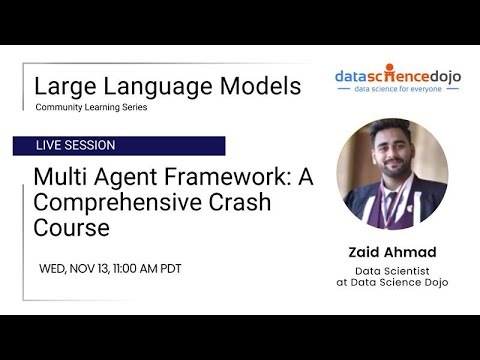Description:
Save Big on Coursera Plus. 7,000+ courses at $160 off. Limited Time Only!
Grab it
Learn how to develop advanced LLM applications using multiple specialized agents in this 56-minute technical talk. Explore the fundamentals of multi-agent frameworks and discover how LangGraph enables efficient task specialization across different domains. Master various multi-agent workflow patterns including router, consolidator, and sequential models while understanding the implementation of nodes, edges, and conditional logic. Follow along with hands-on exercises to create supervisor agents and see practical demonstrations of portfolio website creation and research report generation. Gain insights into optimizing multi-agent systems for real-world applications, with a focus on improving scalability and performance through distributed task management. Perfect for developers looking to overcome the limitations of single-agent systems and build more sophisticated LLM applications through collaborative agent architectures.

Multi-Agent Frameworks for LLM Applications: From Theory to Implementation
Add to list
#Computer Science
#Artificial Intelligence
#Multi-Agent Systems
#Distributed Systems
#Software Engineering
#System Architecture
#Natural Language Processing (NLP)
#LangChain
#LangGraph